Here are some of the materials make air filters
What materials can be made air filters?
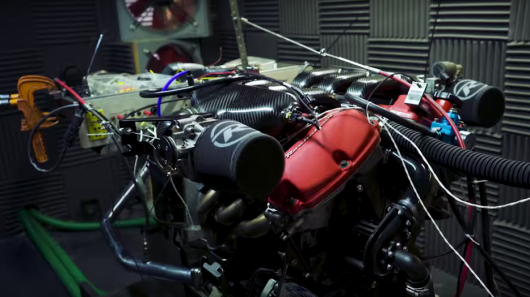
The air filter is simple in design element, which is vital for the healthy operation of your vehicle. Is there a difference between filters? May be they have different design or are made from different materials? Yes, there are differences and that’s the difference:
In order to start the combustion process, your engine needs air. And this is a problem because the oxygen that breathes your car comes from the atmosphere where, frankly, not very clean. Sooner or later inside of the engine gets dust, dirt, organic matter, debris, and other things that abundantly occur on the road. All this junk can not only get into the combustion chamber, but also contaminate the oil and shorten the service life of your engine.
To get rid of such problems, the designers came up with a different-sized barrier to the dirt, calling it “automotive air filter”. Let’s look at the basic different types of air filters that you are likely to encounter in the automotive world. What are they made of:
Paper
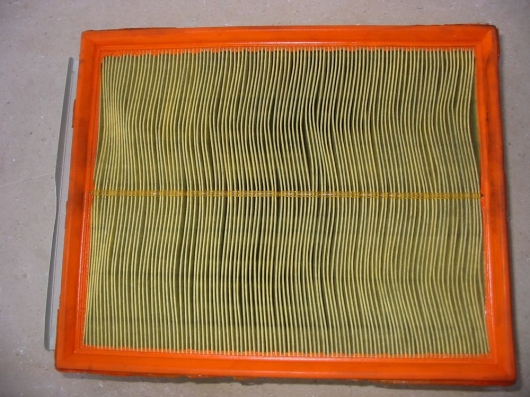
This is the most common type of air filter and the material from which it is made, used for almost all production cars off the Assembly line.
Used paper is slightly different from the material that you insert into the printer. Rather, it is highly compacted pulp made from large factions. It is glued with a special glue that to create a single durable, yet flexible material and then folded in an accordion to increase the area of contact surface. On the sides of the rectangular design is sealed with foam.
It’s cheap and effective – hence the use of such filters is so widespread.
However, over time dirt will start to hide in the folds of the material, restricting the flow of air. With this in mind, in the end, it will need to be replaced for fresh. When exactly will need to replace will vary depending on the conditions in which you drive. The usual life cycle of a filter in an urban setting from 10 to 30 thousand km. Time: year – two tops.
Cotton
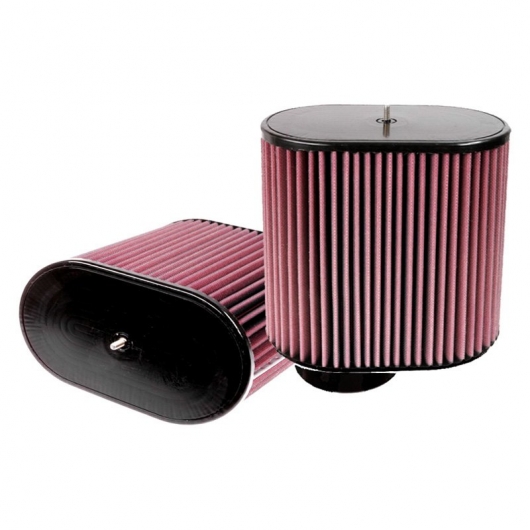
Probably the first tuning element came EN masse to replace the standard paper filter is made of cotton counterpart. Technologically the filter element is made of dense cotton gauze fabric sandwiched between aluminum mesh, which gives the air more space to ingress compared to a dense paper filter.
Because it is not as dense, theoretically it should generate less resistance, allowing greater volume of air to flow inside, increasing the power. A noticeable increase can be expected, the maximum figures – plus 5% (at best) of the total capacity or 15 – 20 horses. The only individual of the possible changes will be a reduction in induction noise during operation. The car will run somewhat quieter.
The gap between the material more, and it means that inside may pass more dirt. Many manufacturers impregnate or put in the special oily spray, which from time to time should be applied to the filter element. That is the accepted filter. Special oil helps to catch small dust particles. Alas, not all remain on the surface, some dust is successfully pass inside the motor.
This so-called “filter of zero resistance.” The dream of homegrown tuners who sung praises to the heavens. Maybe they do have their advantages, but to expect miracles from such tuning, at least silly.
By the way, do not apply too much lubricant to the filter, otherwise it will flood the sensor mass air flow…
Foam
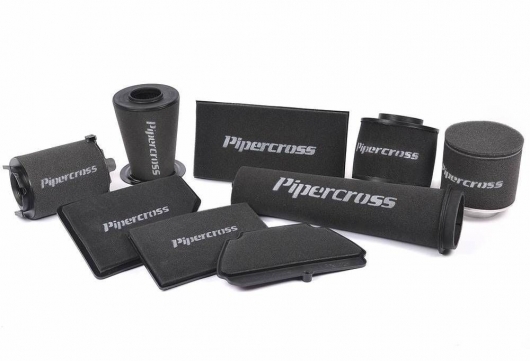
Air filters foam still create unnecessary resistance, but they are much smarter first two types of filters. They use multiple layers of foam of different densities, which can stop most of the small particles. Honeycomb mesh design helps to maintain the predetermined shape of the filter.
Disadvantage – more time – less resistance means that it will not be as effective a filter as paper, but in most conditions it is unlikely to cause a problem for your engine.
As with filters made of cotton, a foam counterparts designed for use with special oil to absorb the dirt. As well as filters made of cotton, it is possible to buy a flat filter that can be placed in a regular plastic box.
Metal

Metal filters are really made of steel. Or rather, of the many layers of mesh in the tiny holes in stainless steel.
Their positive aspects:
possess good physical properties clean, look great, and also their unnecessary to impregnate with oil during operation;
Plus, with larger gaps between the filter material, a metal analog will create less resistance to the air flow, especially compared to cotton and foam versions
But the negative, no less:
Harder to find on sale;
Expensive;
Less resistance means less filtration. If you put the filter and take a ride on a dusty road, inside the engine will get particles. Of course, they will not be so large as to instantly cause damage, but maximum protection in this case can be forgotten.
It is not only the material
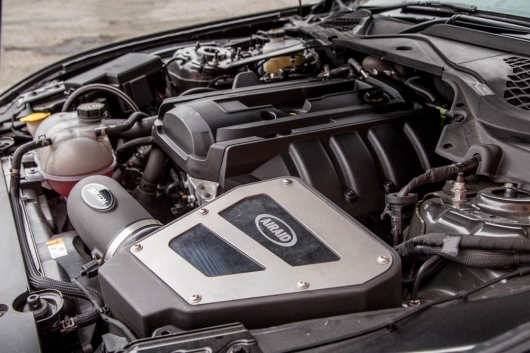
The material is not the only thing you need to follow when choosing a new air filter. Form element can also affect how he will perform his duties, however, as the size. The smaller the area through which you try to skip the air – the more a filter will “choke” your engine.
Now you know what make of filters. But what type you chose and why? Share with us in the comments?
Sometimesiamanasshole знатьЗаконодательствоТехосмотрЛайфхак
Knowledge base
